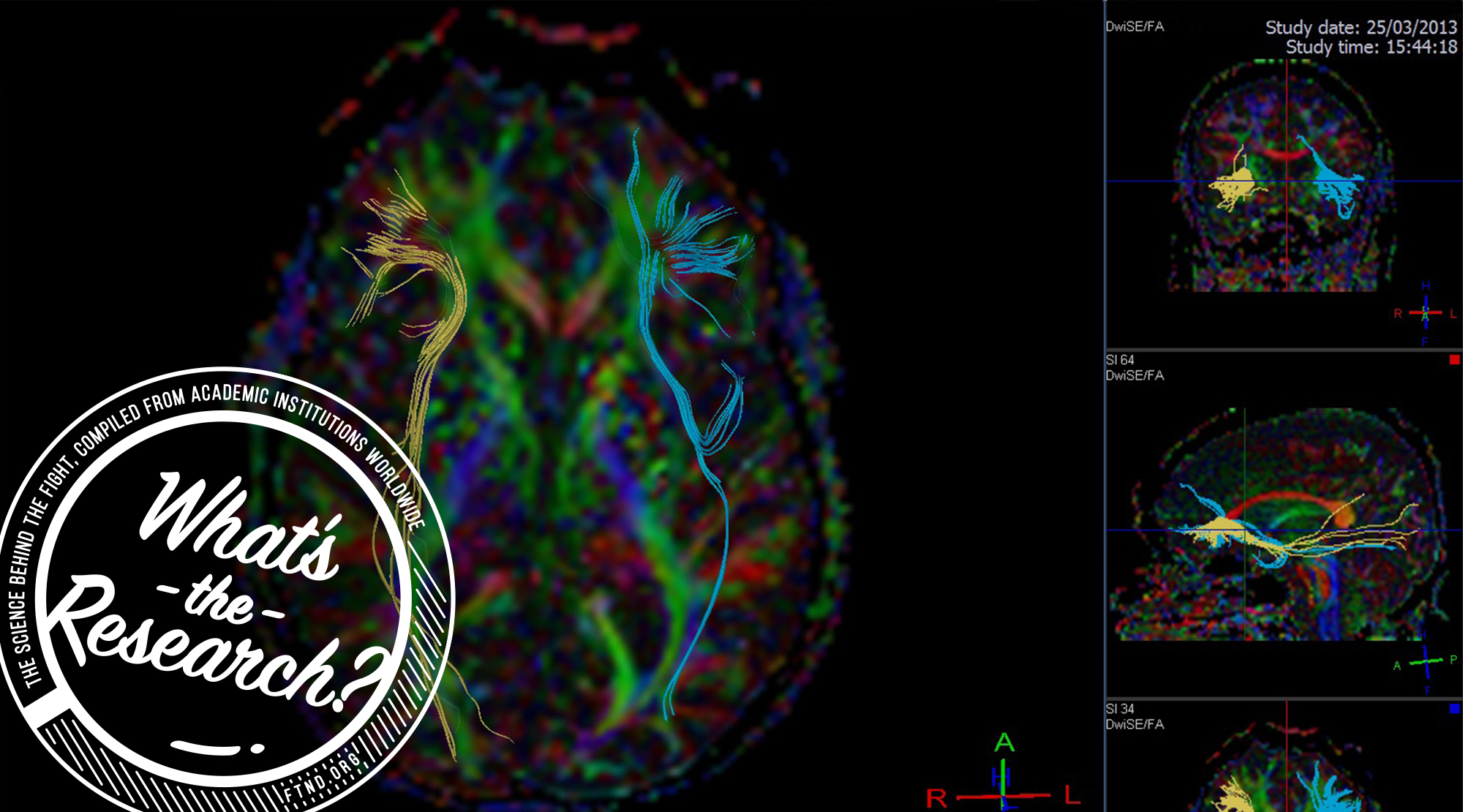Decades of studies from respected academic institutions, have demonstrated significant impacts of porn consumption for individuals, relationships, and society. "What’s the Research" aims to shed light on the expanding field of academic resources that showcase porn’s harms in a variety of ways. Below are selected excerpts from published studies on this issue.
The full study can be accessed here.
Authors: Simone Kühn and Jürgen Gallinat
Published July 2014
Abstract
Since pornography appeared on the Internet, the accessibility, affordability, and anonymity of consuming visual sexual stimuli have increased and attracted millions of users. Based on the assumption that pornography consumption bears resemblance with reward-seeking behavior, novelty-seeking behavior, and addictive behavior, we hypothesized alterations of the frontostriatal network in frequent users.
Methods
In a study conducted at the Max Planck Institute for Human Development in Berlin, Germany, 64 healthy male adults covering a wide range of pornography consumption reported hours of pornography consumption per week. Pornography consumption was associated with neural structure, task-related activation, and functional resting-state connectivity.
Results
Gray matter volume of the brain was measured by voxel-based morphometry and resting state functional connectivity was measured on 3-T magnetic resonance imaging scans. We found a significant negative association between reported pornography hours per week and gray matter volume in the right caudate (P < .001, corrected for multiple comparisons) as well as with functional activity during a sexual cue–reactivity paradigm in the left putamen (P < .001). Functional connectivity of the right caudate to the left dorsolateral prefrontal cortex was negatively associated with hours of pornography consumption.
The negative association of self-reported pornography consumption with the right striatum (caudate) volume, left striatum (putamen) activation during cue reactivity, and lower functional connectivity of the right caudate to the left dorsolateral prefrontal cortex could reflect change in neural plasticity as a consequence of an intense stimulation of the reward system, together with a lower top-down modulation of prefrontal cortical areas. Alternatively, it could be a precondition that makes pornography consumption more rewarding.
The full study can be accessed here.
Your Support Matters Now More Than Ever
Most kids today are exposed to porn by the age of 12. By the time they’re teenagers, 75% of boys and 70% of girls have already viewed itRobb, M.B., & Mann, S. (2023). Teens and pornography. San Francisco, CA: Common Sense.Copy —often before they’ve had a single healthy conversation about it.
Even more concerning: over half of boys and nearly 40% of girls believe porn is a realistic depiction of sexMartellozzo, E., Monaghan, A., Adler, J. R., Davidson, J., Leyva, R., & Horvath, M. A. H. (2016). “I wasn’t sure it was normal to watch it”: A quantitative and qualitative examination of the impact of online pornography on the values, attitudes, beliefs and behaviours of children and young people. Middlesex University, NSPCC, & Office of the Children’s Commissioner.Copy . And among teens who have seen porn, more than 79% of teens use it to learn how to have sexRobb, M.B., & Mann, S. (2023). Teens and pornography. San Francisco, CA: Common Sense.Copy . That means millions of young people are getting sex ed from violent, degrading content, which becomes their baseline understanding of intimacy. Out of the most popular porn, 33%-88% of videos contain physical aggression and nonconsensual violence-related themesFritz, N., Malic, V., Paul, B., & Zhou, Y. (2020). A descriptive analysis of the types, targets, and relative frequency of aggression in mainstream pornography. Archives of Sexual Behavior, 49(8), 3041-3053. doi:10.1007/s10508-020-01773-0Copy Bridges et al., 2010, “Aggression and Sexual Behavior in Best-Selling Pornography Videos: A Content Analysis,” Violence Against Women.Copy .
From increasing rates of loneliness, depression, and self-doubt, to distorted views of sex, reduced relationship satisfaction, and riskier sexual behavior among teens, porn is impacting individuals, relationships, and society worldwideFight the New Drug. (2024, May). Get the Facts (Series of web articles). Fight the New Drug.Copy .
This is why Fight the New Drug exists—but we can’t do it without you.
Your donation directly fuels the creation of new educational resources, including our awareness-raising videos, podcasts, research-driven articles, engaging school presentations, and digital tools that reach youth where they are: online and in school. It equips individuals, parents, educators, and youth with trustworthy resources to start the conversation.
Will you join us? We’re grateful for whatever you can give—but a recurring donation makes the biggest difference. Every dollar directly supports our vital work, and every individual we reach decreases sexual exploitation. Let’s fight for real love:

